Common Orthodontic Terms
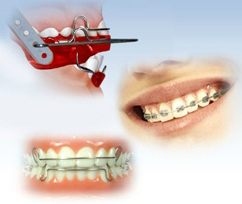
Appliance
Anything your orthodontist attaches to your teeth that moves your teeth or changes the shape of your jaw.
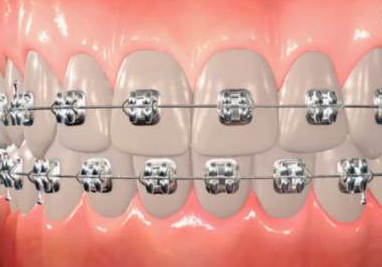
Archwire
A metal wire which is inserted into the brackets that move the teeth into the desired position.
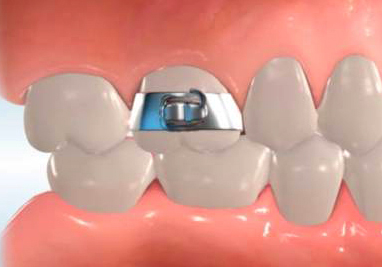
Band
Bands are metal tooth rings that go around the back molars and serve as anchors for the braces. They have hooks on them so that elastics can be worn.

Bonding
The process of attaching brackets to your teeth using a special safe adhesive.
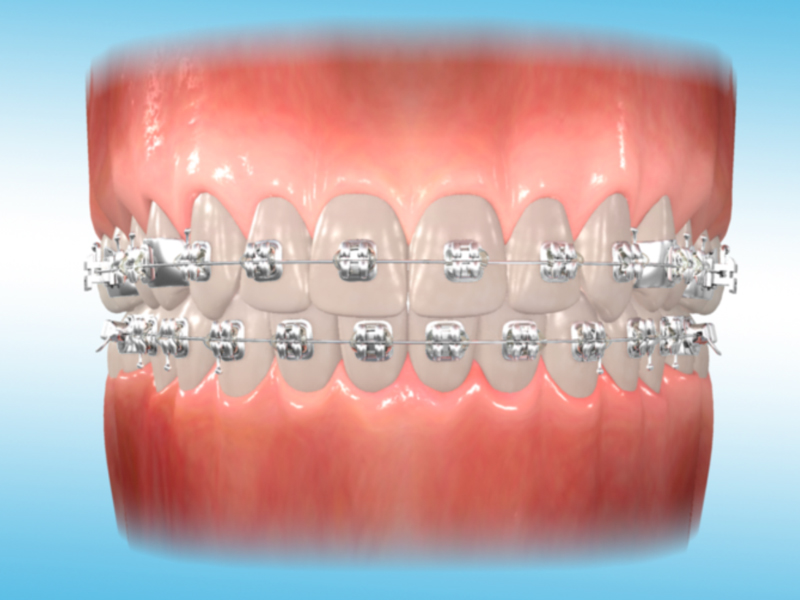
Bracket
Brackets are the small metal or ceramic modules that are attached to each tooth. They serve as guides to move the teeth and hold the archwire in place.

Chain/Powerchain
A stretchable elastic chain that connects on the archwire, usually used to close spaces between the teeth.
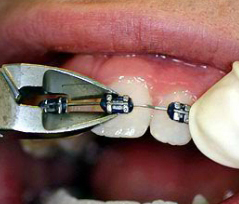
Debonding
The process of removing cemented orthodontic brackets from your teeth.
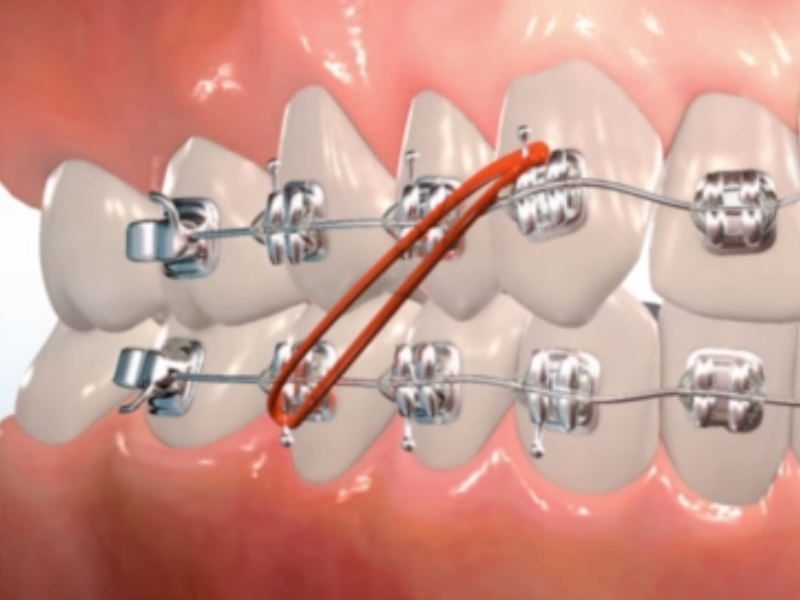
Elastic (Rubber Band)
A small rubber band that is hooked between different points on your appliance to provide gentle, continuous pressure to move your teeth and/or jaws to their new positions. We offer regular or neon colors.
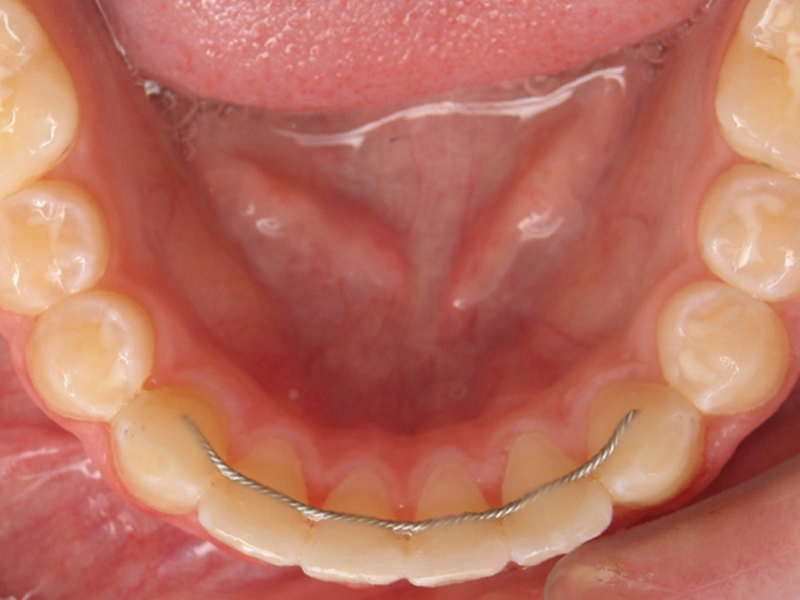
Fixed Retainer
Fixed retainers consist of a metal wire bonded to the back of the teeth. Fixed retainers can stay in place indefinitely.
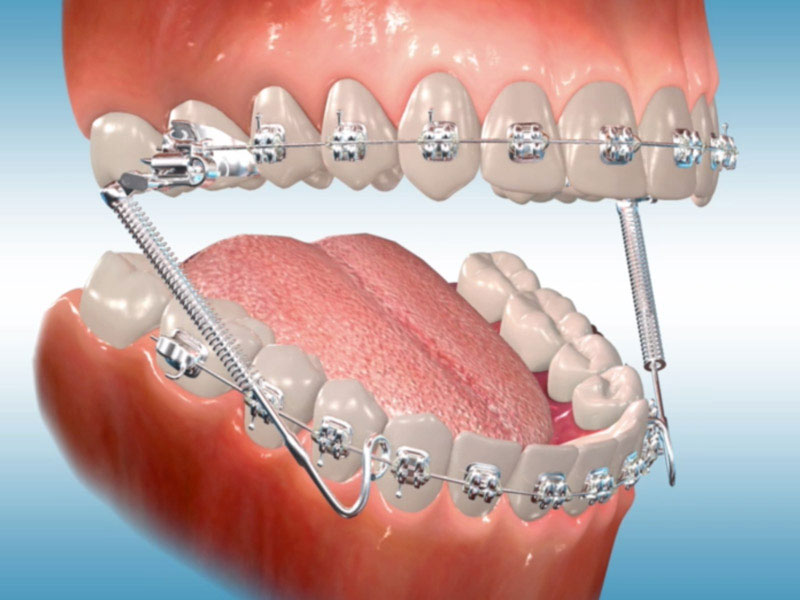
Forsus Appliance
The spring-like appliance creates an upward and backward force on the upper molars similar to a headgear, while at the same time pushing the lower teeth and jaw forward. Typically, the Forsus Springs are worn for 6 to 8 months, with adjustments every 6-8 weeks.
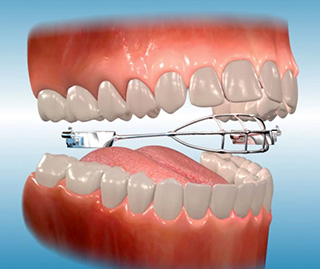
Habit Appliance
This appliance is used to deter habits associated with thumb or finger sucking. The appliance is glued in place and will usually stop the habit in the first couple of months. The appliance is typically left in place until the permanent front teeth overlap each other.
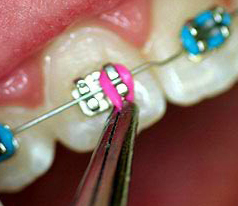
Ligation
The process of attaching an archwire to the brackets on your teeth.

Mara Appliance
The Mara is and appliance that helps posture the patient's jaw forward when biting down. It helps correct overbites in growing patients. Usually, it is worn about 9 - 12 months before removal.
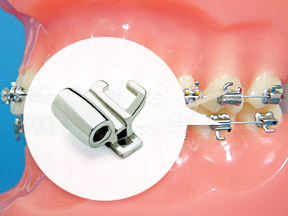
Molar Tube
A small metal part that is welded on the outside of a molar band. The molar band contains slots to hold archwires, lip bumpers, facebows and other things your orthodontist uses to move your teeth.
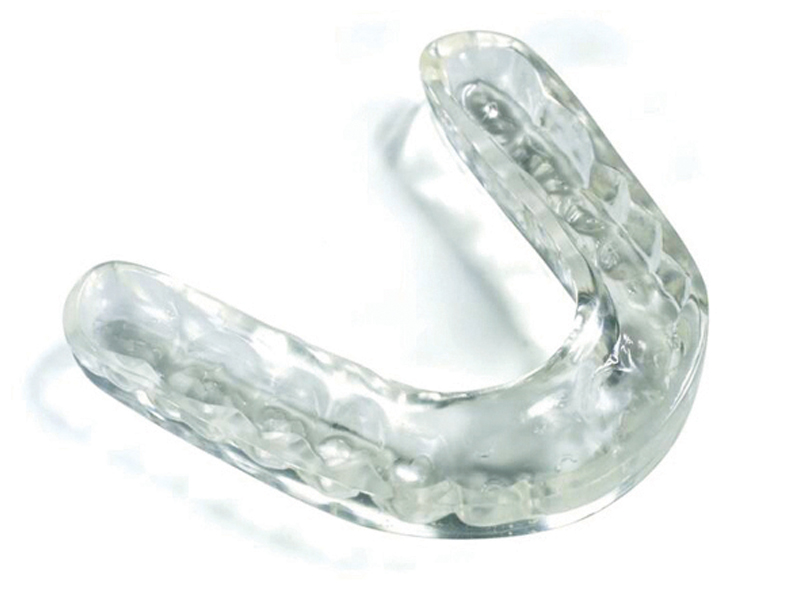
Mouthguard
A device that protects your mouth from injury when you participate in sports or rigorous activities.
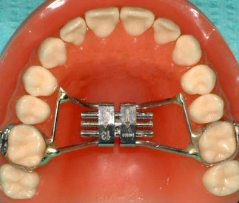
Palatal Expander
A palatal expander, also known as a rapid palatal expander, rapid maxillary expansion appliance, palate expander or orthodontic expander, is used to widen the upper jaw so that the bottom and upper teeth will fit together better.
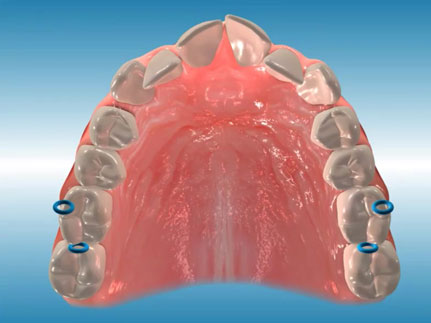
Separator (Spacer)
A small rubber ring that creates space between your teeth before the bands are attached.

Wax
A clear wax used to prevent your braces from irritating your lips or cheeks when your braces are first put on, or as needed. Wax works best when the irritating area is dried well first and then, embedded totally within the pea-sized or grape-sized ball of wax.
Appliance

Anything your orthodontist attaches to your teeth that moves your teeth or changes the shape of your jaw.
Archwire

A metal wire which is inserted into the brackets that move the teeth into the desired position.
Band

Bands are metal tooth rings that go around the back molars and serve as anchors for the braces. They have hooks on them so that elastics can be worn.
Bonding

The process of attaching brackets to your teeth using a special safe adhesive.
Bracket

Brackets are the small metal or ceramic modules that are attached to each tooth. They serve as guides to move the teeth and hold the archwire in place.
Chain/Powerchain

A stretchable elastic chain that connects on the archwire, usually used to close spaces between the teeth.
Debonding

The process of removing cemented orthodontic brackets from your teeth.
Elastic (Rubber Band)

A small rubber band that is hooked between different points on your appliance to provide gentle, continuous pressure to move your teeth and/or jaws to their new positions. We offer regular or neon colors.
Fixed Retainer

Fixed retainers consist of a metal wire bonded to the back of the teeth. Fixed retainers can stay in place indefinitely.
Forsus Appliance

The spring-like appliance creates an upward and backward force on the upper molars similar to a headgear, while at the same time pushing the lower teeth and jaw forward. Typically, the Forsus Springs are worn for 6 to 8 months, with adjustments every 6-8 weeks.
Habit Appliance

This appliance is used to deter habits associated with thumb or finger sucking. The appliance is glued in place and will usually stop the habit in the first couple of months. The appliance is typically left in place until the permanent front teeth overlap each other.
Ligation

The process of attaching an archwire to the brackets on your teeth.
Mara Appliance

The Mara is and appliance that helps posture the patient's jaw forward when biting down. It helps correct overbites in growing patients. Usually, it is worn about 9 - 12 months before removal.
Molar Tube

A small metal part that is welded on the outside of a molar band. The molar band contains slots to hold archwires, lip bumpers, facebows and other things your orthodontist uses to move your teeth.
Mouthguard

A device that protects your mouth from injury when you participate in sports or rigorous activities.
Palatal Expander

A palatal expander, also known as a rapid palatal expander, rapid maxillary expansion appliance, palate expander or orthodontic expander, is used to widen the upper jaw so that the bottom and upper teeth will fit together better.
Separator (Spacer)

A small rubber ring that creates space between your teeth before the bands are attached.
Wax

A clear wax used to prevent your braces from irritating your lips or cheeks when your braces are first put on, or as needed. Wax works best when the irritating area is dried well first and then, embedded totally within the pea-sized or grape-sized ball of wax.










NEWNAN GA 30263